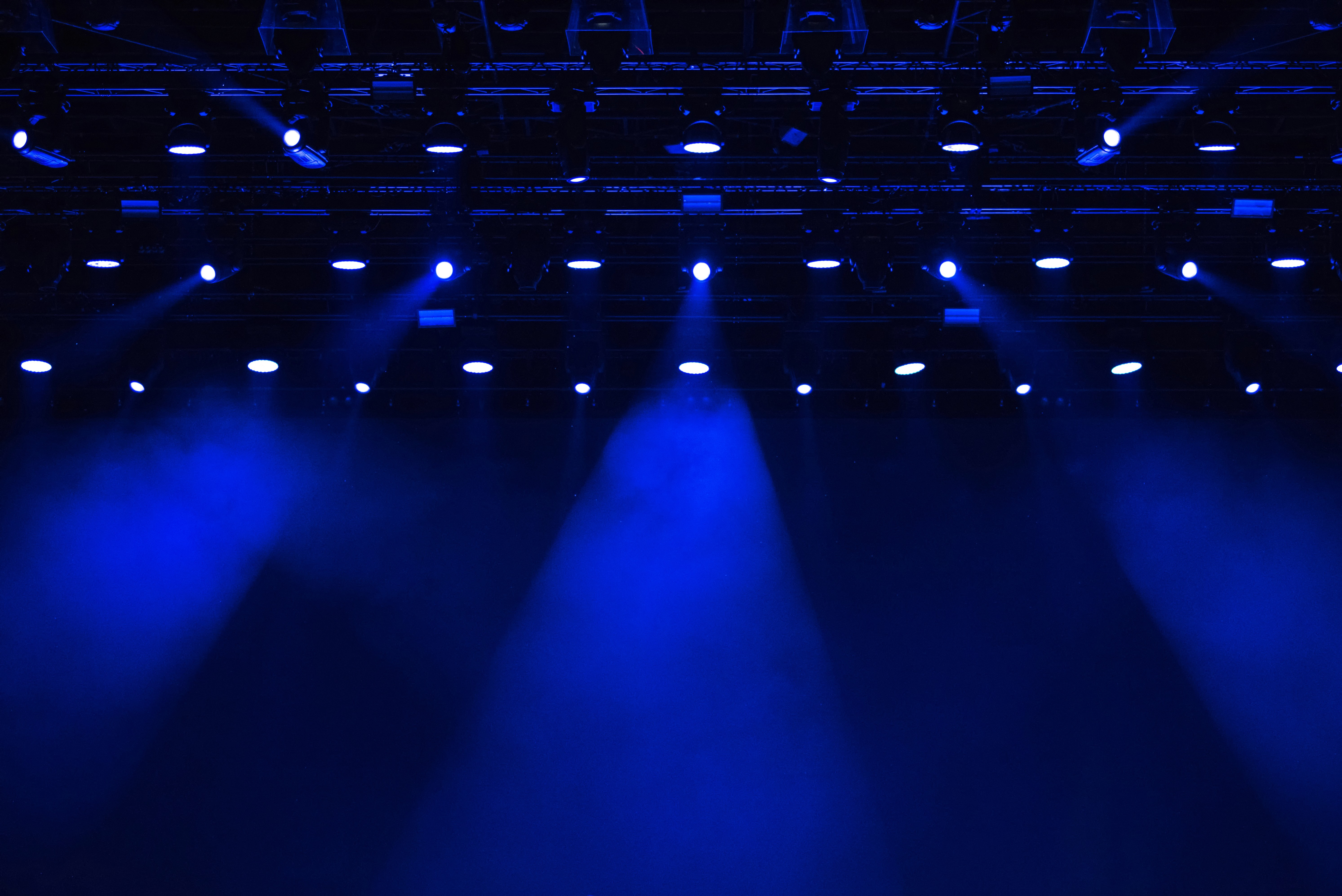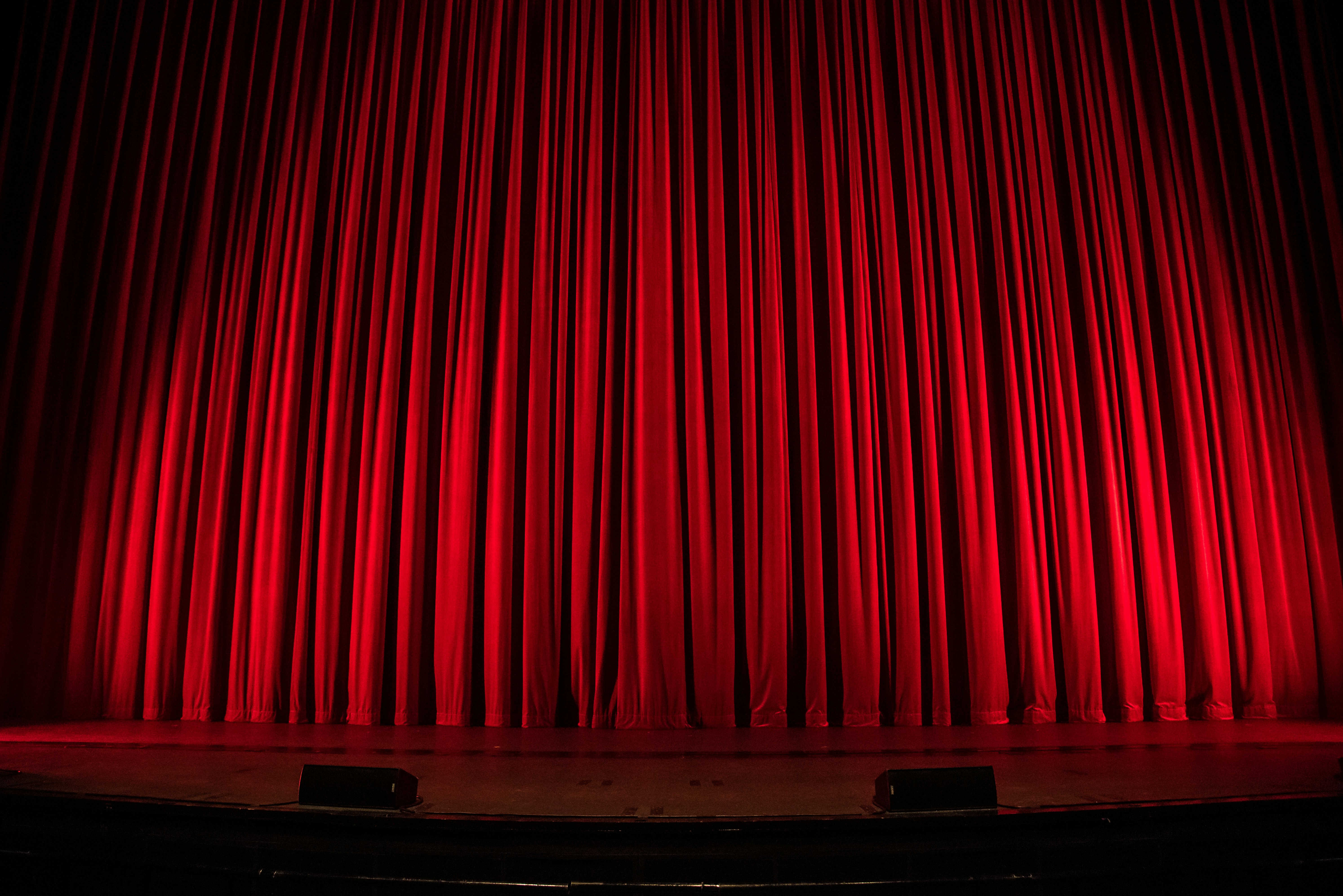Grid
Definition:
In theatre, the "grid" refers to the framework of beams or pipes located at the top of the stage area from which lights, scenery, and other equipment are hung. This structure is essential for supporting the technical elements of a production.
Detailed Explanation:
The grid is a crucial component of theatrical stagecraft, providing a sturdy and versatile structure for suspending lighting fixtures, scenery, and other technical equipment above the stage. Typically constructed from steel or aluminum beams and pipes, the grid allows for precise positioning and secure mounting of various stage elements.
The grid is often located high above the stage, just below the ceiling or roof of the theatre. It serves as the primary support structure for the fly system, enabling the movement and placement of scenery and lights. The design and configuration of the grid can vary depending on the theatre's size, architecture, and production requirements.
Key Elements of the Grid:
Beams and Pipes:
The main components of the grid, these horizontal and vertical supports form a network from which equipment can be hung.
Battens:
Long pipes or bars attached to the grid, used to hang lighting fixtures, scenery, and other stage elements.
Rigging Points:
Specific locations on the grid where rigging hardware is attached, allowing for the secure suspension of equipment.
Access Walkways:
Platforms or catwalks that provide technicians with access to the grid for maintenance, adjustments, and installations.
Advantages of the Grid:
Flexibility:
The grid allows for flexible and precise positioning of lights and scenery, accommodating various production designs and requirements.
Load-Bearing Capacity:
Designed to support substantial weight, the grid can safely hold heavy equipment and scenery, ensuring stability and security.
Efficiency:
The grid enables quick and efficient changes in lighting and scenery, facilitating smooth scene transitions and dynamic stage effects.
Challenges of Using the Grid:
Safety:
Working at heights on the grid poses safety risks, requiring proper training, equipment, and protocols to prevent accidents.
Maintenance:
Regular inspection and maintenance of the grid and its components are necessary to ensure continued safety and functionality.
Accessibility:
Accessing the grid can be challenging, particularly in older theatres or those without well-designed access walkways.
Uses in Performance:
Lighting:
The grid provides the infrastructure for hanging and positioning stage lights, allowing for precise control of illumination and effects.
Scenery:
Scenery elements such as backdrops, curtains, and set pieces are hung from the grid, enabling dynamic and versatile stage designs.
Special Effects:
Equipment for special effects, such as fog machines, projectors, and flying rigs, can be suspended from the grid to create impactful visual effects.
Design Considerations:
When designing and installing a grid, several factors must be considered to ensure it meets the needs of the theatre and production:
Load Capacity:
The grid must be engineered to support the maximum expected weight of all equipment and scenery, with a safety margin included.
Accessibility:
Adequate access for technicians must be provided, including walkways, ladders, and safety harness points.
Flexibility:
The design should allow for flexible positioning of rigging points and easy adjustment of equipment to accommodate different productions.
Conclusion:
The grid is an indispensable element of theatrical stagecraft, providing a robust and versatile framework for hanging lights, scenery, and other technical equipment. By offering flexibility, load-bearing capacity, and efficiency, the grid supports the dynamic and varied requirements of theatrical productions. Despite challenges related to safety, maintenance, and accessibility, the benefits of using a grid make it a vital component in modern theatre. With careful design, regular maintenance, and proper safety protocols, the grid can significantly enhance the technical capabilities and overall impact of any performance.


